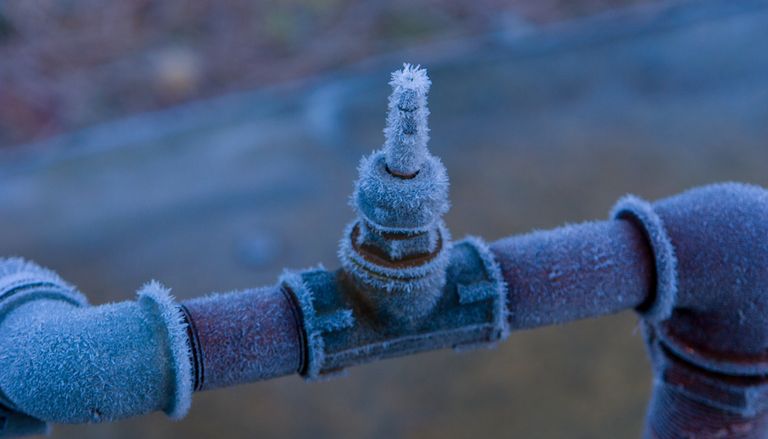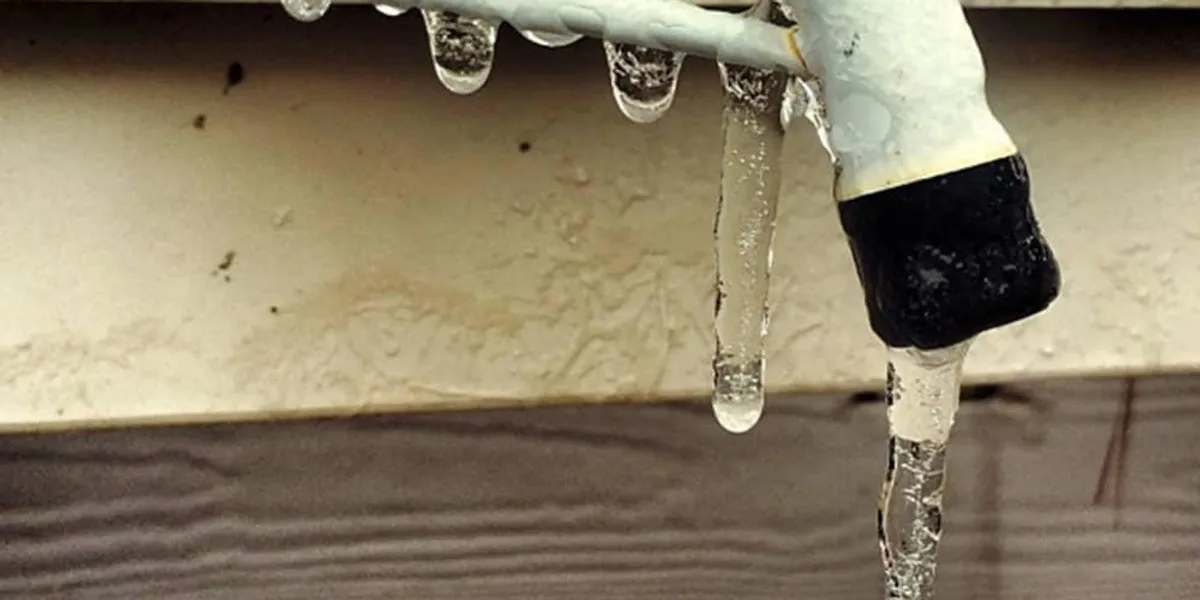Crucial Tips to Protect Against Frozen Pipes in Winter
Crucial Tips to Protect Against Frozen Pipes in Winter
Blog Article
Are you currently interested in guidance involving How to Prevent Your Pipes From Freezing?

Winter can ruin your plumbing, particularly by freezing pipes. Right here's just how to prevent it from taking place and what to do if it does.
Introduction
As temperatures decline, the risk of icy pipes rises, potentially resulting in expensive repairs and water damage. Recognizing just how to avoid frozen pipes is vital for homeowners in cold environments.
Prevention Tips
Insulating at risk pipelines
Wrap pipes in insulation sleeves or utilize warm tape to shield them from freezing temperature levels. Concentrate on pipes in unheated or external locations of the home.
Heating strategies
Maintain indoor rooms appropriately heated up, especially areas with pipes. Open up cupboard doors to enable warm air to flow around pipes under sinks.
Exactly how to determine icy pipelines
Seek lowered water flow from taps, unusual odors or noises from pipelines, and noticeable frost on revealed pipelines.
Long-Term Solutions
Architectural adjustments
Consider rerouting pipes far from outside wall surfaces or unheated areas. Include extra insulation to attic rooms, basements, and crawl spaces.
Updating insulation
Purchase top notch insulation for pipes, attics, and wall surfaces. Appropriate insulation helps keep constant temperatures and decreases the risk of icy pipelines.
Securing Outdoor Pipes
Garden hoses and outside taps
Detach and drain yard pipes prior to winter. Install frost-proof spigots or cover outdoor taps with protected caps.
Comprehending Icy Pipes
What triggers pipelines to ice up?
Pipelines ice up when subjected to temperatures listed below 32 ° F (0 ° C) for prolonged durations. As water inside the pipes ices up, it increases, putting pressure on the pipeline wall surfaces and possibly causing them to rupture.
Dangers and damages
Icy pipelines can lead to water disturbances, home damage, and expensive fixings. Burst pipelines can flood homes and trigger extensive structural damage.
Signs of Frozen Pipes
Recognizing icy pipelines early can stop them from rupturing.
What to Do If Your Pipes Freeze
Immediate actions to take
If you think frozen pipelines, keep taps open to alleviate stress as the ice thaws. Utilize a hairdryer or towels soaked in warm water to thaw pipelines gradually.
Conclusion
Avoiding frozen pipes needs aggressive measures and fast actions. By recognizing the causes, indications, and preventive measures, homeowners can secure their pipes throughout winter.
5 Ways to Prevent Frozen Pipes
Drain Outdoor Faucets and Disconnect Hoses
First, close the shut-off valve that controls the flow of water in the pipe to your outdoor faucet. Then, head outside to disconnect and drain your hose and open the outdoor faucet to allow the water to completely drain out of the line. Turn off the faucet when done. Finally, head back to the shut-off valve and drain the remaining water inside the pipe into a bucket or container. Additionally, if you have a home irrigation system, you should consider hiring an expert to clear the system of water each year.
Insulate Pipes
One of the best and most cost-effective methods for preventing frozen water pipes is to wrap your pipes with insulation. This is especially important for areas in your home that aren’t exposed to heat, such as an attic. We suggest using foam sleeves, which can typically be found at your local hardware store.
Keep Heat Running at 65
Your pipes are located inside your walls, and the temperature there is much colder than the rest of the house. To prevent your pipes from freezing, The Insurance Information Institute suggests that you keep your home heated to at least 65 degrees, even when traveling. You may want to invest in smart devices that can keep an eye on the temperature in your home while you’re away.
Leave Water Dripping
Moving water — even a small trickle — can prevent ice from forming inside your pipes. When freezing temps are imminent, start a drip of water from all faucets that serve exposed pipes. Leaving a few faucets running will also help relieve pressure inside the pipes and help prevent a rupture if the water inside freezes.
Open Cupboard Doors
Warm your kitchen and bathroom pipes by opening cupboards and vanities. You should also leave your interior doors ajar to help warm air circulate evenly throughout your home.

We had been brought to that write-up about How to prepare your home plumbing for winter weather from a friend on a different website. Kindly pause to share this entry if you enjoyed it. Many thanks for your time. Kindly stop by our website back soon.
Click Here Report this page